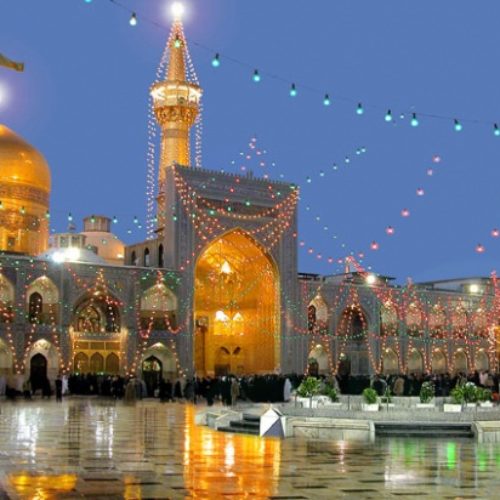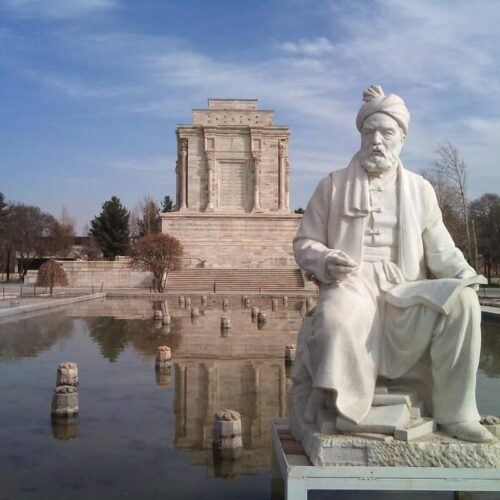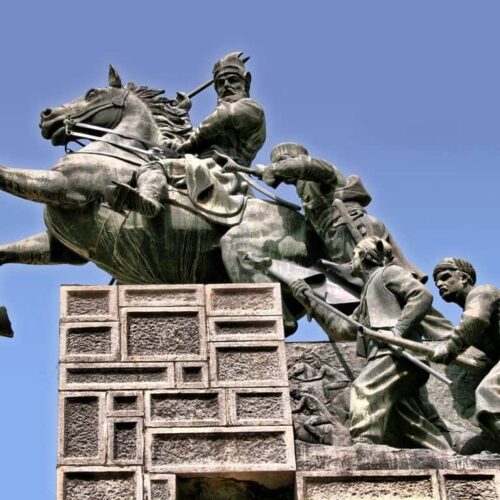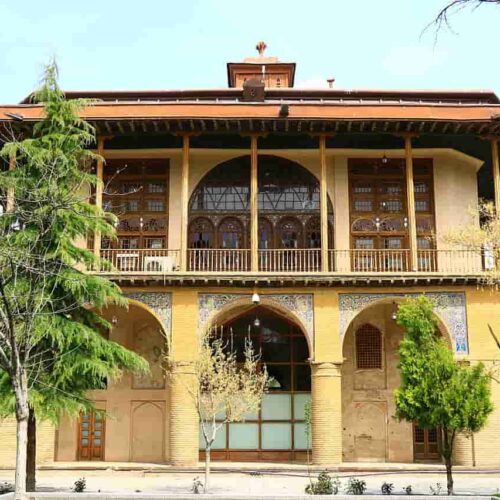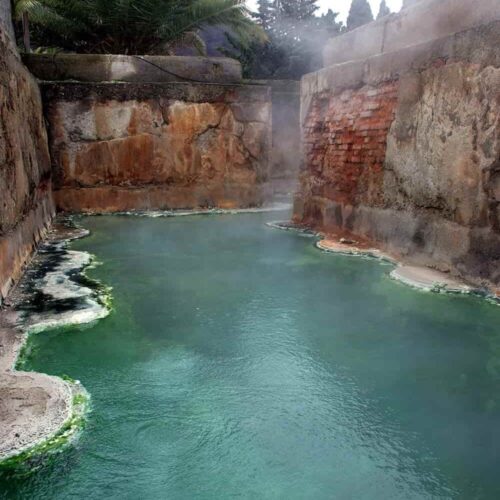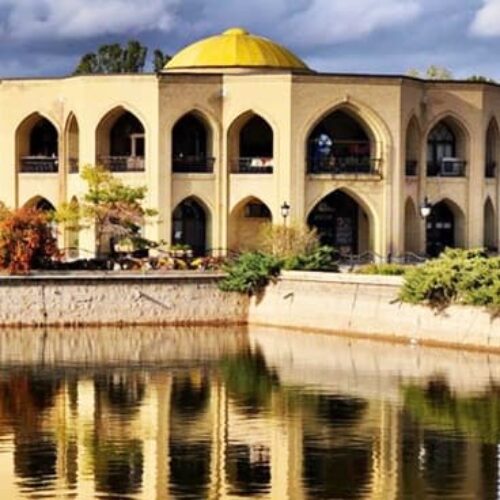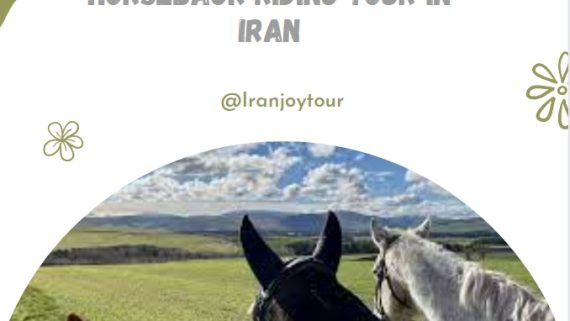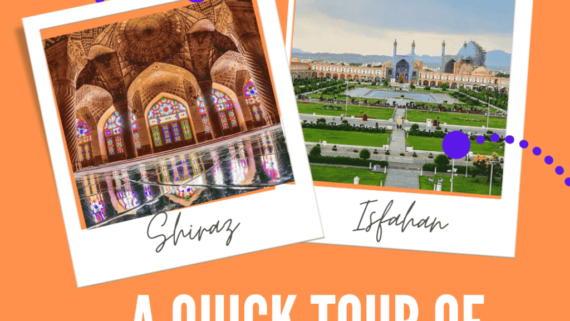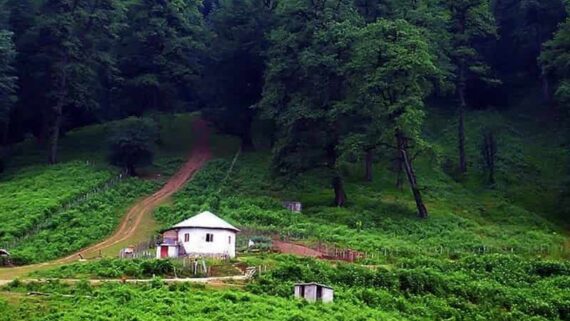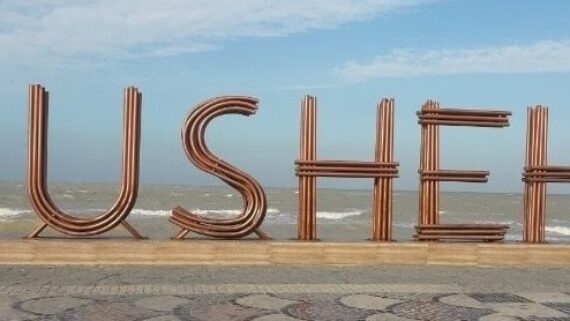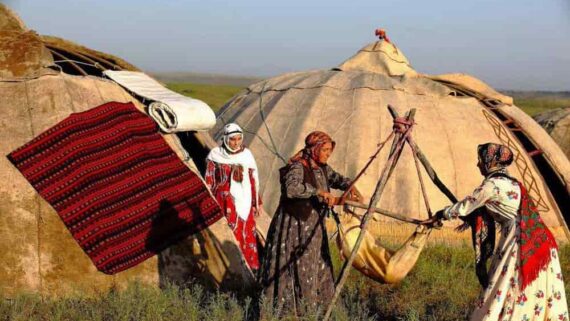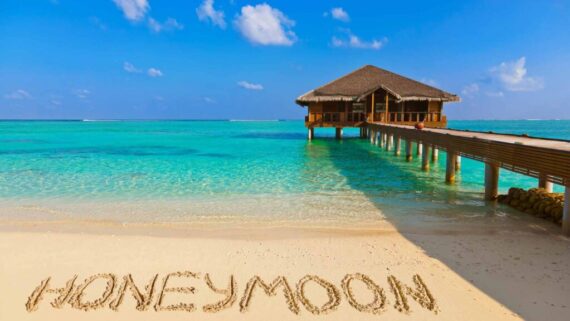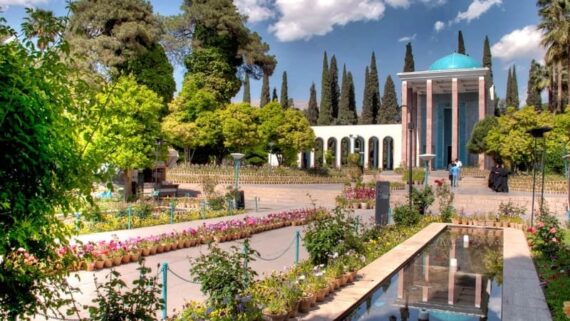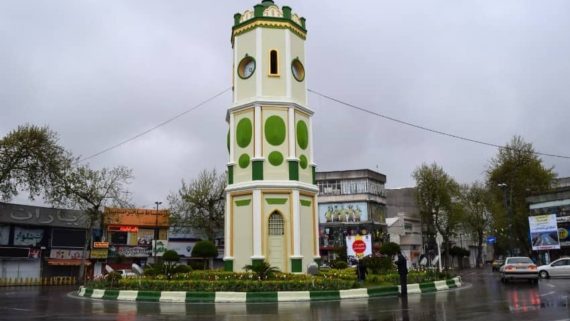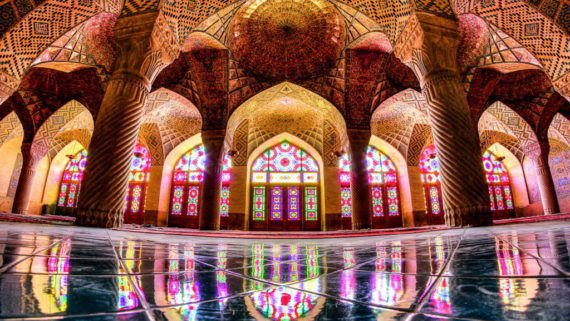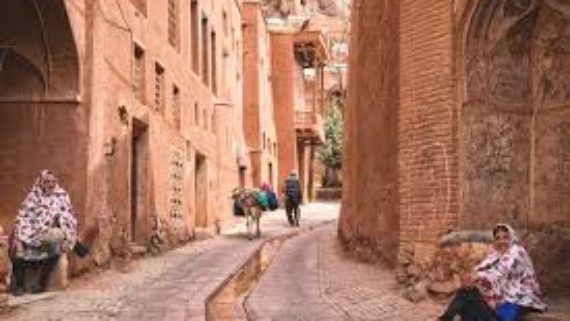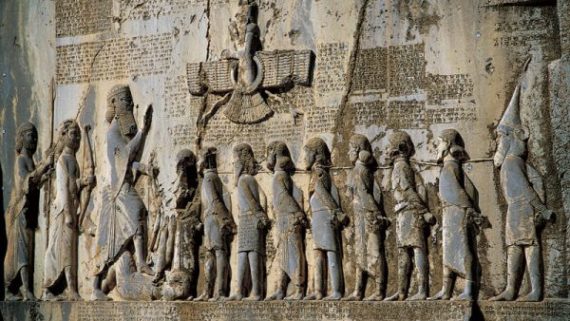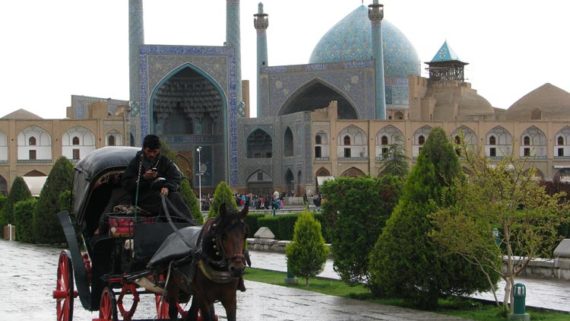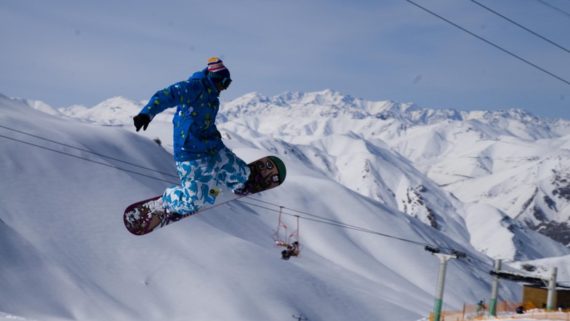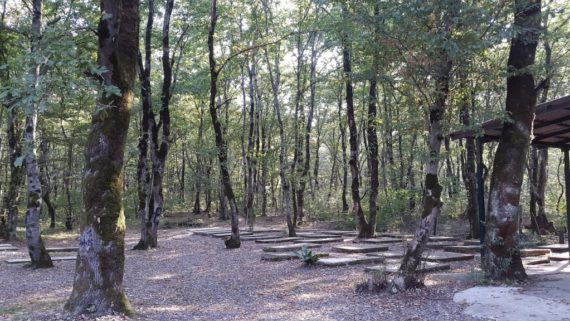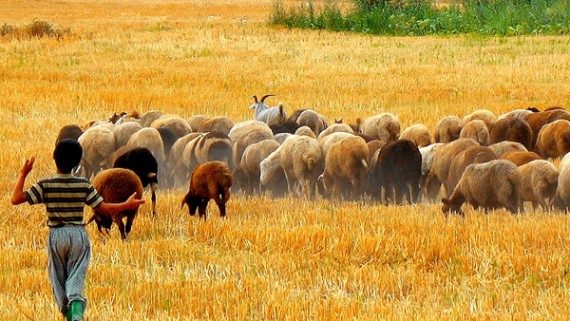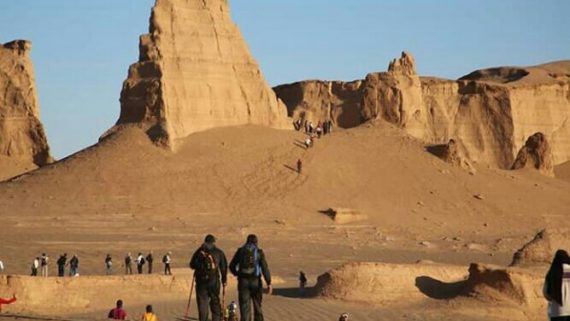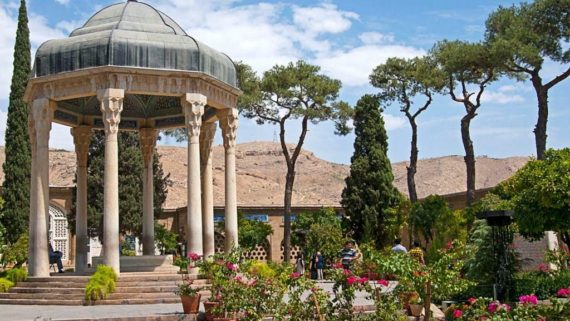Iran Silk Road Tour
Tour Gallery
Introduction
The Silk Road is a network of land and sea routes that date back to 200 BC; The trade channel between the ancient empires of China, India, Iran and, Rome and was a way to talk, exchange art, ideas and technology and introduce religions such as Buddhism, Islam, Hinduism, Christianity, etc.
Many goods were exchanged between East and West Asia and the Mediterranean basin, but because silk was the most important and valuable commodity that passed through these roads, this route became known as the Silk Road.
Mashhad is one of the cities in northeastern Iran that has crowded streets all year round. One of the main reasons why many domestic and foreign tourists travel to Mashhad is the holy shrine of Imam Reza (the eighth Shia Imam). Our guide is waiting for you at the airport to transfer you to the hotel. Overnight Mashhad
Day 2: Mashhad
Full day tour of Mashhad to visit Imam Reza holy shrine, it takes about 4 hours. For lunch, you can go to restaurants that cook local food. Among these restaurants, which are located near the shrine, I suggest you “Pesaran Karim” and “Rezaee” restaurants. After eating a delicious lunch you will go to visit the tomb of “Nader Shah Afshar” or “Bagh Naderi”. It is a must-see monument built to commemorate Nader Shah. Qavam al-Saltanah built a new tomb for Nader Shah in the late Qajar period and moved his tomb from Tehran to this place. There is a statue of Nader Shah Afshar. You will feel glory there.
After visiting the tomb of Nader Shah, we will drive to Vakilabad Garden. Going to this garden is the best thing to do after a busy day. A little relaxation in this beautiful garden is your right. Overnight Mashhad
Day 3: Mashhad –Neyshabur-Sabzevar
We drive to Sabzevar. En route, we will have a short stop to visit Ghadamga one of the legacies of the ancient Silk Road. In Neyshabur we will visit the tomb of Khayyam. He is one of the greatest Iranian poets and mathematicians and then visits the tomb of Attar. Continue our way to Sabzevar. Overnight Sabzevar
Day 4: Sabzevar –Damghan
After breakfast, you will have a half-day tour of Sabzevar. Sabzevar is a mythical city.
On its streets, wherever you look, you will see many old and young pines. Your exploration starts in Haj Mola Hadi Sabzevari Tomb. Haj Mola Hadi Sabzevari is a scientist of Islamic sciences, poet, and philosopher of the Qajar period. Among the materials used in the construction of this tomb, we can mention the brick, which stands out with its eye-catching tile decorations and beautiful turquoise dome among the green space of the yard.
Then we will visit Yakhdan (historical freezer) were built in ancient Iranian architecture to produce and store ice. In the south of Sabzevar city, there are three historical Yakhdan (Yakhchal) that date back to the Qajar period. These are made of clay, which was used in the past to store ice for the summer.
Finally, we will drive to Damghan and will go to the hotel to take a rest.
Day 5: Damghan
Damghan is one of the oldest cities in Iran, located on the Silk Road. We have a half-day city tour to visit Tarikhaneh (home of god) which is one of the most magnificent and valuable places of worship in Iran during the Sassanid rule, and it’s the second oldest mosque in Iran. Then we will visit the tomb of Pir Alamdar.
This tomb is a brick tower left from the reign of “Sultan Massoud Ghaznavi”, which was built in the early 5th century AH.
The next visit is Cheshme Ali. Cheshmeh Ali is one of the most spectacular tourist destinations in Damghan. There are two magnificent buildings from the Qajar period in this promenade, which are located among a lot of willow trees, these buildings include “Agha Mohammadkhani and “Fath Ali Shahi” Buildings. Cheshmeh Ali has been considered by the Qajar kings due to its greenery and pleasant climate. Overnight Damghan
Day 6: Damghan- Tehran
Your overland journey continues to the capital of Iran. It’s about 4 hours driving. After some rest you will go to Milad Tower, it is known as the symbol of Tehran and is considered as the sixth tallest telecommunication tower and the 19th tallest tower in the world. Then visit Nature Bridge. It is amazing to see the view of the capital from the Nature Bridge. Overnight Tehran
Day 7: Tehran
Today you will go to visit Golestan Palace (Every Tile of this palace, with its stunning mirrors, will surprise any tourist. This palace, which has been the crowning place of Iranian rulers for the past century, has many wonders that you should look around for and see the great events that have taken place.) then you will go to Tehran bazaar (Tehran’s bazaar dates back to the Safavid era, and since the time of Nasser al-Din Shah, with its unique entrance and distinctive architecture, it has played an important role in Tehran’s economic and social environment. Now this bazaar, in addition to its economic role, can be seen as a monument to Iranian Islamic architecture.)
Do not forget to eat your lunch in the Moslem restaurant.
Day 8: Tehran-Qazvin
Today we’ll travel to Qazvin (2 hours driving). Sepah Street is our first stop. This street is the first street built in Iran. This street was built during the Safavid period and when Qazvin was the capital of this dynasty. At the beginning of this street is one of the most important historical monuments called Sar Dar Aali Qapu.
Then we will visit Chehel sotoun palace or Kolah Farangi edifice. One of the most valuable historical monuments is related to the Safavid period, which was the main headquarters of the rule and administration of the country during the reign of Shah Tahmasb.
Afterward, we will visit the Jameh Mosque of Qazvin (or Atigh Mosque). This historic mosque is built on the remains of a Sassanid fire temple. Next up is Hamam Ghajar (or Hammam Shahi) Qajar Bath has now been turned into an anthropological museum. This bath was built by the order of Shah Abbas II Safavid. After visiting this bath, on the way to the bazaar you can visit Hosseinieh Amini. Overnight Qazvin.
Day 9: Qazvin-Zanjan
After breakfast, we will drive to Zanjan (2 hours driving). On the way to Zanjan, we visit Soltaniyeh. Soltanieh is a very small city, but it has many valuable historical monuments. First, we will visit the famous dome of Soltaniyeh and the mysterious building of Dash Kasan. After eating our lunch we will go to Zanjan. Overnight Zanjan
Day 10: Zanjan
Full day tour of Zanjan to visit top city attractions such as:
Jameh Mosque of Zanjan also known as the Seyed Mosque which is located in the old part of the city This historical complex, which is one of the largest and most beautiful mosques and religious schools in Zanjan, is one of the valuable buildings built based on the design of four-porch mosques.
Chehelston Mosque is one of the historical mosques in Zanjan that is located in the bazaar, on the southeastern side of the Jameh Mosque.
Haj Dadash Bathhouse. The main dome of this bath is located on four stone pillars. It was built about 100 years ago and is now used as a traditional restaurant.
Day 11: Zanjan-Sarein
In the morning we will drive toward Sarein or Sareyn. Sarein is one of the tourist cities of Ardabil province, which is located 30 km west of Ardabil city. The main tourist attraction of this city is the hot springs that have healing properties. There are many hot springs that are very different from each other. This city attracts a lot of travelers from different parts of the world. You will enjoy the warm water that comes from nature. Honey and buttermilk are the most famous souvenirs of Sarein. You can enjoy the most delicious Ash doogh in Sarein. Overnight Sarein
Day 12: Sarein-Tabriz
You will have about 3 hours driving to Tabriz. Tabriz is located in the west of East Azarbaijan province. Whenever you go to Tabriz, this city is beautiful and desirable, but I suggest you visit Tabriz in summer, especially in September.
One of the attractions on the entrance to the city is El Goli Park. El Goli or Shah Goli is the name of a garden in the city of Tabriz, which is one of the main symbols of this city due to its antiquity and beauty. Currently, El Goli Park is a great place to relax and have fun. I recommend you to have lunch in one of the well-known restaurants in this area, such as the Eilgoli mansion, Baligh restaurant, Jalali, Bakhtar, Jafari, etc. Overnight Tabriz
Day 13: Tabriz
After eating your breakfast you will go to visit Kaboud Mosque or Jahanshah Mosque in Tabriz is one of the valuable works of Iranian architecture that is different from other examples of mosque architecture in terms of architectural style. The mosque is famous for its turquoise and azure mosaic tiles.
Then we will visit the Azerbaijan Museum, which is one of the most important and the second-largest archaeological museums in Iran after the National Museum.
Afterward, we will visit Tabriz Bazaar is one of the largest indoor markets in the world and one of the masterpieces of Iranian architecture that has been registered in the UNESCO World Heritage List. Make sure you do not miss the chance to taste the delicious foods in restaurants of bazaar such as Haj Ali Restaurant while touring Tabriz Bazaar. After lunch, all you have to do is go to the other side of the street and visit the Constitutional Museum.
The next place to visit is the Parvin Etesami House, Which is the most famous female poet of Iran, which is related to the first Pahlavi period. Overnight Tabriz
Day 14: Tabriz-depart
Based on your flight time you will transfer to the Tabriz Int. airport to fly to your country.
Good To Know
Tehran Bazaar is closed on Friday.

What’s Included:
• All airport transfers
• Hotel accommodation with breakfast
• Domestic flight
• All mentioned sightseeing
• Licensed English speaking driver guide
• Visa support & reference code
What’s Excluded:
• Entrance fee
• International airfare
• Personal insurance
• Visa stamp fee
• Expenses of personal nature
• Tips & Portages
• Lunch & Dinner

